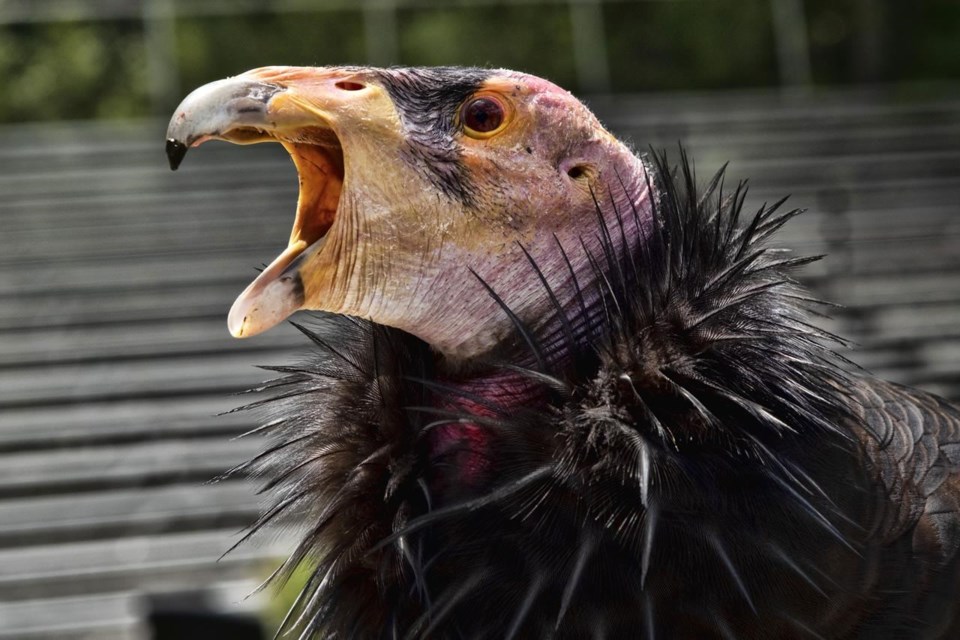LOS ANGELES (AP) — California condors will receive a vaccine for a deadly strain of avian influenza that threatens to wipe out the already critically endangered vulture species, federal officials said Tuesday.
The U.S. Department of Agriculture’s Animal and Plant Health Inspection Service granted emergency approval for use of the vaccine after more than a dozen condors recently died from the bird flu, known as H5N1.
There are fewer than 350 California condors in the wild, in flocks that span from the Pacific Northwest to Baja California, Mexico.
A pilot safety study will begin this month in North American vultures, a similar species, allowing investigators to check for any adverse effects before they give vaccines to the endangered condors, according to an agriculture department statement.
The department approved the emergency vaccination “because these birds are critically endangered, closely monitored, and their population is very small which allows close monitoring of the vaccine,” the statement said.
Over the past year and a half, millions of birds across the U.S. have died from avian flu, including more than 430 bald eagles and some 58 million turkeys and commercial chickens that were euthanized to prevent the spread of the disease.
California's population of iconic condors, with their 10-foot (3-meter) wingspans, was nearly wiped out by hunting during the California Gold Rush, as well as by poisoning from toxic pesticide DDT and ingesting lead ammunition.
In the 1980s, all 22 California condors left in the wild were put into captive breeding programs to save the species. Zoo-bred birds were first released into the wild in 1992 and in the years since have been reintroduced into wild habitats.
The Associated Press



